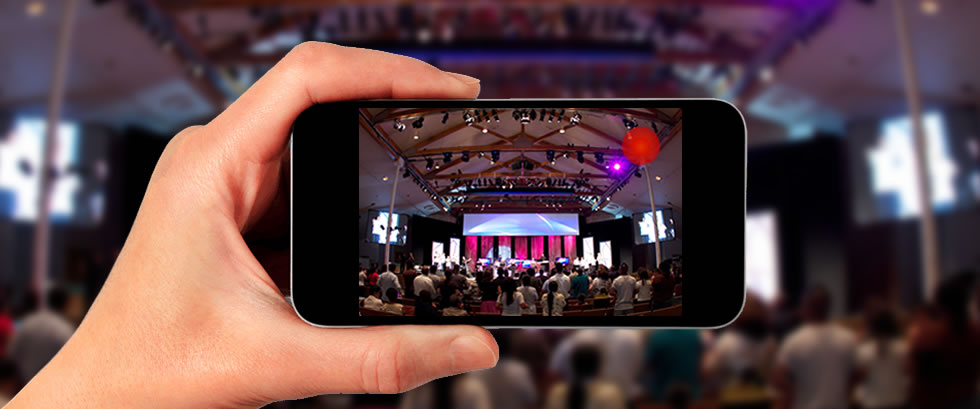Social Media Video Marketing Must Knows
As was mentioned in Rebecca Moore’s What’s on the Agenda for Marketing in 2017 post, video marketing is becoming increasingly important and profitable, particularly social media video marketing. Of course, to assume that video marketing is one and the same via all social platforms would be a mistake. Just like you wouldn’t post content the same way across all platforms, the video content that you create needs to be unique for each platform that you intend to use. Consider the differences and benefits discussed below for four of the major platforms when planning your social media video marketing strategy.
Video Marketing via YouTube
Since YouTube is entirely video content, it makes video marketing on YouTube a no-brainer. Of course with most people trying to take advantage of video marketing on YouTube, standing out and achieving better results requires a few best practices. Creating unique or unconventional content will be your first priority. With hundreds of hours of video available for audience consumption on YouTube, yours has to stand out from the rest. Ultimately people are on YouTube to be entertained and will steer clear of anything that seems boring, unoriginal, or purely promotional. You want to ultimately tell a story, not overtly sell a product. Aside from content, there are some basic marketing strategies – sort of SEO tips if you will – that you can implement to improve your video ranking on YouTube. This article explains many of them in good detail if you’re keen on trying your hand at them. This includes things like contextual keywords used to be found through a standard search and optimising your video advertisement. You should also experiment with video length and audience targets to see how your advertisements perform one against the other, then keep what works and build on it.
Video Marketing via Facebook
Despite YouTube’s video heavy content, when it comes to social networks and audience reach potential, nothing beats Facebook. With just under 2 billion users, the audience market and potential for exposure is just too big to ignore. And because Facebook videos begin playing automatically, you have added opportunity to hook your audience if you design your video correctly. Audio is only activated after a user clicks on the video, so don’t rely on sound to get your point across. Instead, use intriguing or compelling visuals to tell your story. Depending on the aim of your video, you need to create that video differently. Video on Facebook performs best, then, when it is focused – stick to one purpose and drive the message home. Since the option is there, you should be using audience targeting to your advantage. If your video won’t be appealing to everyone, then turn on custom audiences to ensure that you are reaching the correct target group. This will help you make more of an impact within your video reach. It is also best to keep videos concise and easy to consume.
Video Marketing via Twitter
Although often overshadowed by the likes of Facebook and YouTube, Twitter video marketing is not to be overlooked. In 2015 Twitter released some video statistics that showed a high engagement or 82% of users watching video on Twitter. The general consensus was that “Twitter users love video!” Twitter offers options to upload pre-made videos via file or YouTube link, or the added benefit of creating Twitter videos directly in the mobile app. This opens up the ability to harness spontaneity and create “in the moment.” The types of video content that tend to do well on twitter are informational how-to videos, product demonstrations, behind-the-scenes looks into brands, customer response videos from brands, interviews and events, and strangely enough even promotional videos – when done tastefully – are consumed well on Twitter.
Video Marketing via Instagram
Instagram is seeing video rise in popularity and importance, taking the “sharing content via images” backbone that Instagram has built to a new level. The major benefit of utilising Instagram for video marketing is its very specialised audience. Instagram, with over 600 million users, is an extensive network of eager people who are there specifically to consume visual content. Videos on Instagram can be up to 60 seconds long and you are able to add filters – one of the Instagram claims to fame. Despite the fact that Instagram does offer video ads, your content should nevertheless not be purely promotional. The Instagram audience is there to be awed and amazed, not to consume advertisements. In order to make your 60 seconds count, it is better to create intriguing content that shows your brand personality and utilises humour, as well as engages the community directly through user generated content.
Source: smallbusinesscan.com




